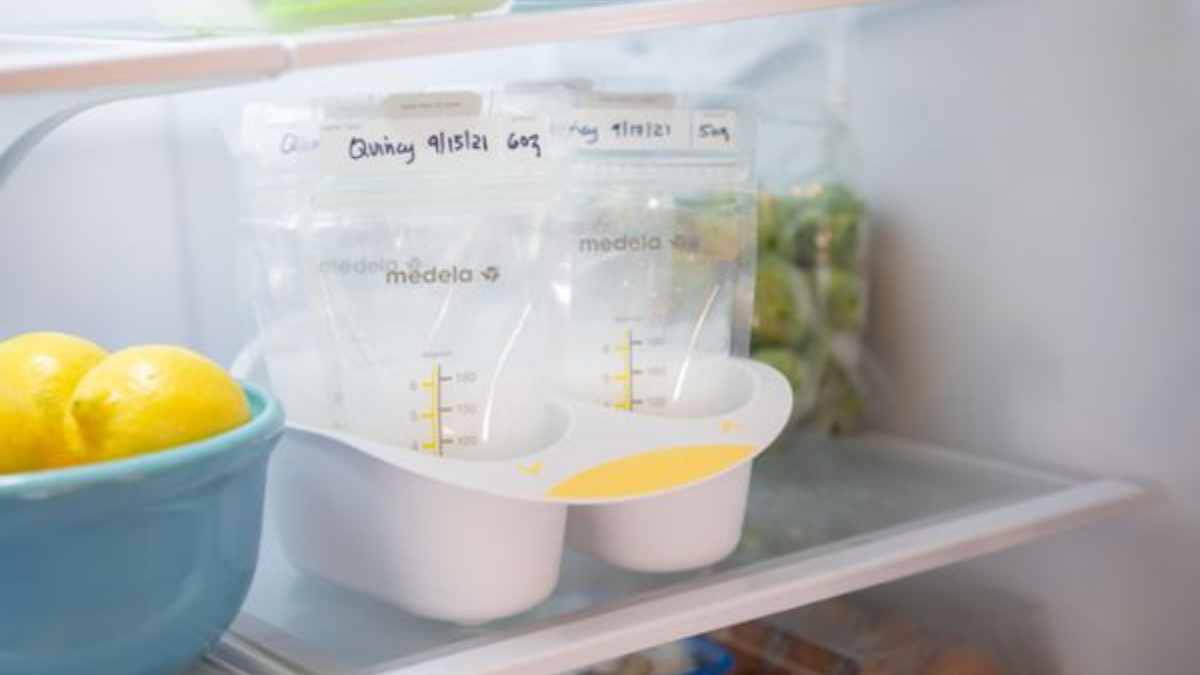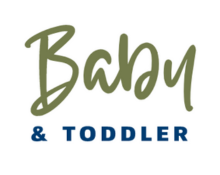
Proper storage of expressed breast milk is important to maintain its quality and ensure its safety for your baby. Here are some guidelines for storing expressed breast milk:
Clean and sterilize storage containers: Use clean, sterilized bottles, storage bags, or containers specifically designed for storing breast milk. Make sure they are made of BPA-free materials and have tight-fitting lids or seals.
Label the containers: Always label each container with the date when the milk was expressed. If you’re storing multiple batches in a day, you can also include the time of expression.
Store milk in small quantities: It’s best to store breast milk in small quantities to avoid waste. Start with 2 to 4 ounces (60 to 120 milliliters) per container and adjust as needed based on your baby’s feeding patterns.
Refrigeration: If you plan to use the expressed milk within the next few days, store it in the refrigerator. Place the containers at the back of the refrigerator, where the temperature is most consistent. Breast milk can be safely stored in the refrigerator for up to 4 to 8 days at a temperature of 32-39°F (0-4°C). However, using it within 72 hours is recommended.
Freezing: If you don’t plan to use the expressed milk within a few days, freezing is a good option for long-term storage. Use storage bags or containers specifically designed for freezing breast milk. Leave some space at the top of the container or bag as the milk will expand during freezing. Frozen breast milk can be stored for up to 6 months in a standard freezer compartment (-4°F or -20°C) or up to 12 months in a deep freezer (-0.4°F or -18°C).
Thawing and using frozen milk: When you’re ready to use frozen breast milk, thaw it slowly in the refrigerator overnight or by placing the container in a bowl of warm water. Avoid using hot water or microwaving the milk as it can create hot spots and destroy some of the beneficial components. Once thawed, gently swirl the container to mix the separated layers of fat. Use the thawed milk within 24 hours and do not refreeze it.
Handling guidelines: To maintain the quality of expressed breast milk, follow these guidelines:
- Avoid shaking the milk vigorously as it can break down the proteins and components.
- If you need to combine milk from different containers, use freshly expressed milk that is at the same temperature as the milk you are adding to it.
- If you notice any changes in the smell, appearance, or texture of the milk, it’s best to discard it.
Remember to always follow safe handling and storage practices to ensure the well-being of your baby. If you have specific concerns or questions, consult with a lactation consultant or healthcare provider for personalized guidance.
